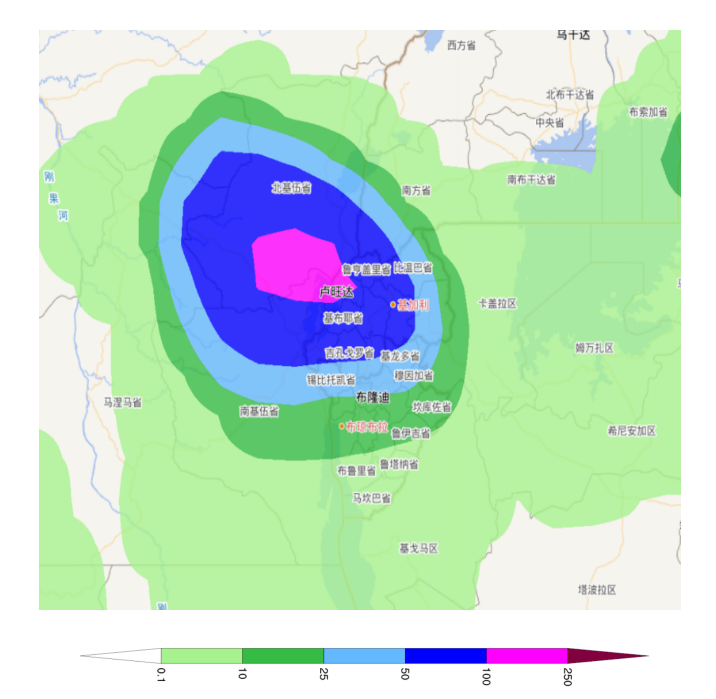At the beginning of May 2023, the rainy season heavy rainfall occurred and triggered floods and landslides in South Kivu and North Kivu provinces of eastern Democratic Republic of the Congo (DRC) . The Kalehai area near the west bank of Lake Kivu Lake burst its banks on May 4th, resulting in 411 deaths and at least 5525 missing people in near area. In addition to the Democratic Republic of the Congo, some areas in Uganda, Kenya and Rwanda had also suffered from disasters such as rainstorm and flood recently, resulting in casualties. The daily precipitation at GOMA station in the Democratic Republic of Congo on May 2 reached 112.01 mm, while the daily precipitation in this region in May generally rarely exceed 100 mm, which partly exceeded the May climatic normal.
The atmospheric circulation in the northern hemisphere has fluctuated greatly in recent days, generating multiple high-pressure ridges and low-pressure troughs with high longitudinal amplitude, which guides cold air from West Asia and Eastern Europe to cross the equator southward, and converge with warm and humid airflow in the southern hemisphere to form precipitation in places such as the Democratic Republic of Congo. In addition, the Democratic Republic of Congo is located between the subtropical high pressures in the northern hemisphere and the southern hemisphere. The updraft in the low-pressure area and the sinking airflow under the north-south high pressure formed a complete secondary circulation, which is conducive to the formation of strong precipitation.
Editor: Liuyi, Bao Yuanyuan and Meng Qingtao.

Figure. 1 24-hour Precipitation on May 2 UTC in eastern Democratic Republic of Congo and Rwanda.

